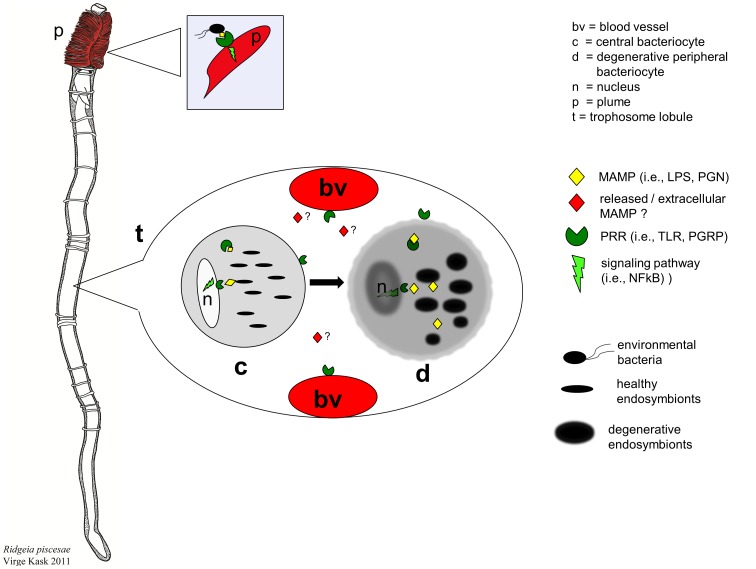Figure 2. Model of host-symbiont interactions between pattern recognition receptors (PRRs) and microbe-associated molecular patterns (MAMPs) in R. piscesae.
The branchial plume (p) of Ridgeia exchanges metabolites with the environment. The plume lacks symbionts but may still use PRRs to interact with microorganisms found in the surrounding vent fluid and seawater. The center of the worm is comprised mainly of one organ, the trophosome (t) made up of lobules that contain bacteriocytes housing the intracellular bacterial symbionts (endosymbionts) as well as blood vessels (bv) that transfer metabolites. Central bacteriocytes (c) harbor healthy and actively dividing endosymbionts. Towards the periphery of the lobules, bacteriocytes and symbionts appear to undergo terminal differentiation and apoptosis with many of the degenerative symbionts undergoing autophagy. We suggest a significantly greater response of the trophosome to MAMPs via PRRs that may trigger signal transduction cascades, ultimately helping to regulate symbiostasis. PRR expression in the trophosome may occur in the bacteriocytes and/or in the surrounding vasculature. Given the densities of endosymbionts, bacteriocytes encounter high concentrations of MAMPs. A constant turnover of bacteriocytes may also release extracellular MAMPs into the trophosome periphery.

